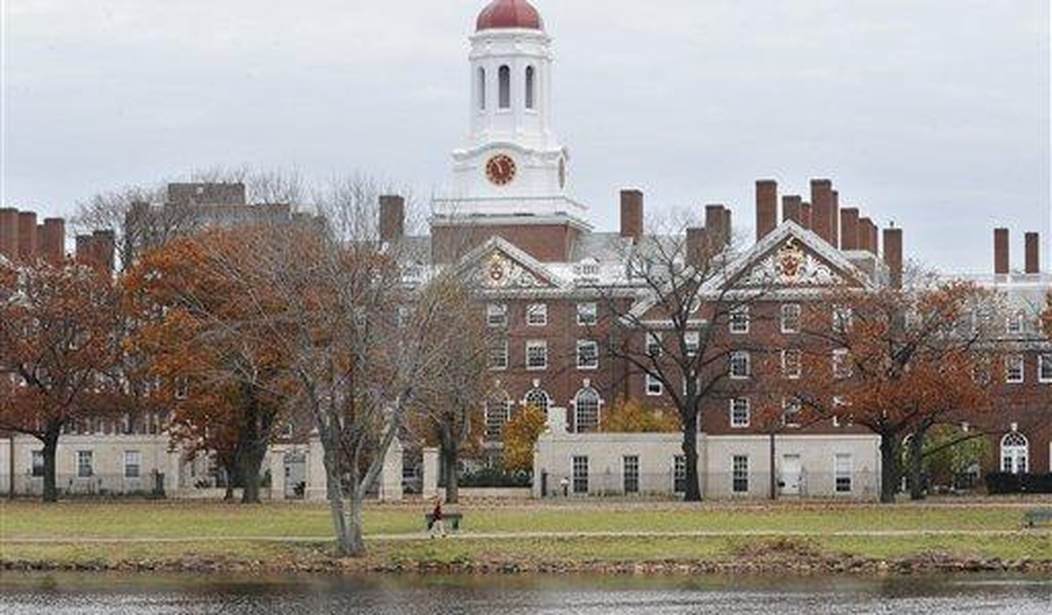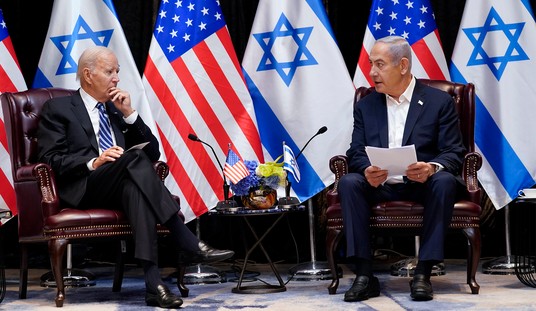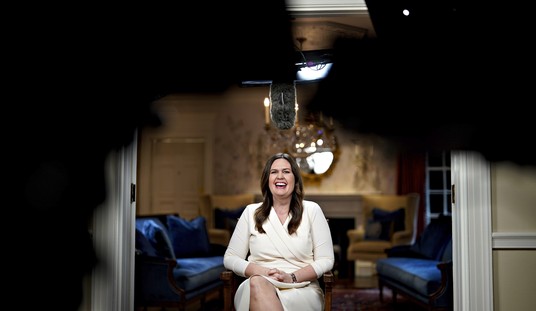As you probably remember, Harvard was sued a few years ago on the grounds that its admissions criteria were unfair to Asian applicants. The trial was held before Judge Allison Burroughs, an Obama appointee who eventually decided in Harvard’s favor. Here’s a bit of her decision.
For purposes of this case, at least for now, ensuring diversity at Harvard relies, in part, on race conscious admissions. Harvard’s admission program passes constitutional muster in that it satisfies the dictates of strict scrutiny. The students who are admitted to Harvard and choose to attend will live and learn surrounded by all sorts of people, with all sorts of experiences, beliefs and talents. They will have the opportunity to know and understand one another beyond race, as whole individuals with unique histories and experiences. It is this, at Harvard and elsewhere that will move us, one day, to the point where we see that race is a fact, but not the defining fact and not the fact that tells us what is important, but we are not yet. Until we are, race conscious admissions programs that survive strict scrutiny will have an important place in society and help ensure that colleges and universities can offer a diverse atmosphere that fosters learning, improves scholarship, and encourages mutual respect and understanding.
But ultimately the case was appealed to the Supreme Court and, based on the oral arguments that took place last year, it’s looking pretty likely that affirmative action is coming to an end soon.
Before that happens, Harvard law professor Jeannie Suk Gersen has an interesting side-story about some of what was happening behind the scenes of the original trial. Gersen attended the trial and recently asked the court to make all of the sidebar conferences the judge held with the attorneys in the case public. She did this expecting the transcripts would be released but instead, Harvard’s lawyer objected.
To my surprise, Seth Waxman, who argued the case for Harvard, quickly objected on behalf of the university—the one that employs me as a tenured law professor, whose job it is to freely conduct research and pursue knowledge. He wrote that the sidebars contained “personal and confidential information that should remain sealed,” providing examples of specific transcript pages that included information about applicants or “information that was not admitted into evidence at trial.” S.F.F.A. denied that Harvard’s examples contained confidential information and even claimed that one involved “discussion of documents that were produced in response to a public records request under the Freedom of Information Act.” Within days, the Times, the Reporters Committee for Freedom of the Press, and The New Yorker filed their own letters to the court, supporting my unsealing request.
Judge Burroughs held a hearing on the request in mid-November. I represented myself in court. She said, “There are a lot of things in those sidebars that were really just meant to be out of the hearing of the jury, not meant to be out of the hearing of the entire world for all time.” Strange, since there was, in fact, no jury at that trial. She explained that she would consider unsealing some contents of the sidebars but added, “In response to Harvard’s letter, I think that the secret sauce will stay under seal, which I suspect is what all these news medias really want.”
Now Gersen was really curious what the secret sauce was. Eventually, Judge Burroughs agreed to release some but not all of the sidebar transcripts. And it was at that point that Gersen learned about the joke.
Some sidebars, she revealed, contained discussions of “a very poor, ill-advised, and in bad taste joke” that a Department of Education official at the Office for Civil Rights—who, in the late eighties, had led a federal investigation of Harvard—sent to Harvard’s dean of admissions. According to Judge Burroughs, the joke, which took the form of a mock memo from the Harvard admissions office, “referenced certain Asian stereotypes” and included “anti-Asian remarks.” Judge Burroughs said that she would keep sealed “the exact words” of the federal official’s “joke memo,” taking into account the “privacy interest” of the “gentleman” who wrote and sent it.
Eventually, Gersen got a copy of the joke, which was written in the form of a mock-memo on Harvard letterhead. The joke was written by Thomas Hibino who worked for the federal Office for Civil Rights. It was sent to his friend at the Harvard admissions office, William Fitzsimmons.
On November 30, 2012, amid a friendly back-and-forth about lunch plans, Hibino e-mailed Fitzsimmons an attachment that he described as “really hilarious if I do say so myself!” Hibino explained, “I did it for the amusement of our team, and of course, you guys”—presumably Harvard admissions officers—“are the only others who can appreciate the humor.” The joke memo had been written on Harvard admissions-office stationery, during the earlier investigation. It was purportedly from an associate director of admissions and parodied the admissions officer downplaying an Asian American applicant’s achievements. The memo denigrated “José,” who was “the sole support of his family of 14 since his father, a Filipino farm worker, got run over by a tractor,” saying, “It can’t be that difficult on his part-time job as a senior cancer researcher.” It continued, “While he was California’s Class AAA Player of the Year,” with an offer from the Rams, “we just don’t need a 132 pound defensive lineman,” apparently referring to a slight Asian male physique. “I have to discount the Nobel Peace Prize he received. . . . After all, they gave one to Martin Luther King, too. No doubt just another example of giving preference to minorities.” The memo dismissed the fictional applicant as “just another AA CJer.” That was Harvard admissions shorthand for an Asian American applicant who intends to study biology and become a doctor, according to the trial transcript.
So the joke was that no matter how overqualified an Asian applicant seemed, it was never enough that Harvard couldn’t downplay his qualifications. The plaintiffs in the case wanted to question Fitzsimmons about the memo during the trial. Harvard objected and suggested the plan was to leak the info to the media. Judge Burroughs ruled the memo wasn’t relevant. What Fitzsimmons did admit at trial was shocking enough, though again Judge Burroughs downplayed it.
Judge Burroughs’s opinion also addressed the striking fact that, when sending recruitment letters to potential applicants in “Sparse Country” (underrepresented states in the Harvard applicant pool), Harvard used an SAT score cutoff of 1310 for white students, 1350 for Asian American females, and 1380 for Asian American males. There were gasps in the courtroom when this evidence was revealed at trial. (When asked on the stand why a white boy who scored 1310 would receive a recruitment letter while his Asian American male classmate who scored 1370 would not, Fitzsimmons said, among other things, that “there are people who, let’s say, for example, have only lived in the Sparse Country state for a year or two,” and, by contrast, “there are people who have lived there for their entire lives under very different settings.”) Judge Burroughs downplayed the relevance of this disparate treatment, finding that it didn’t happen every year, it didn’t “seem to be linked to efforts to advantage or disadvantage any particular racial group,” and it was “unclear” whether it was accidental or intentional. And, despite acknowledging that receiving the recruitment letter “is correlated with a higher likelihood of admission,” she deemed it “fundamentally a marketing tool that does not affect individual admissions decisions”—thereby neutralizing one of the most troubling facts to emerge at trial.
In any case, Gersen concludes that Burroughs attempts to keep the memo out of the trial was one thing but her attempt to keep it out of the media to avoid embarrassing Harvard’s witness was something else. She concludes, “The rules of evidence and procedure are meant to protect the judicial process from prejudice, not to prevent the public from forming its own views.”








Join the conversation as a VIP Member